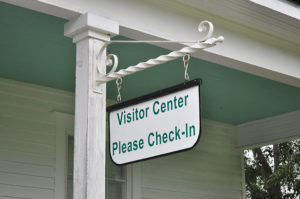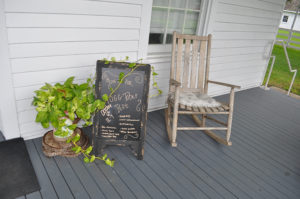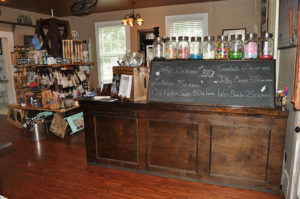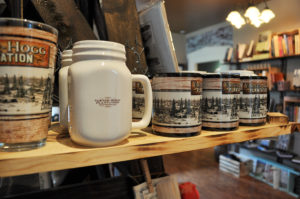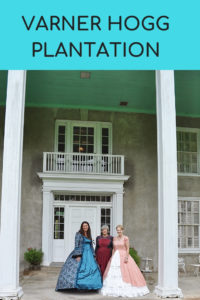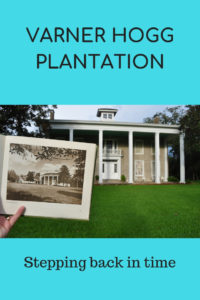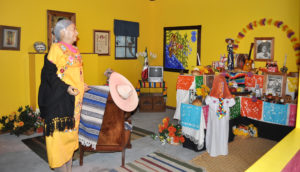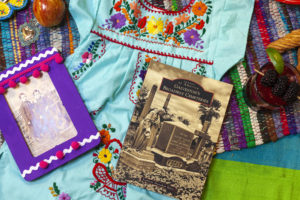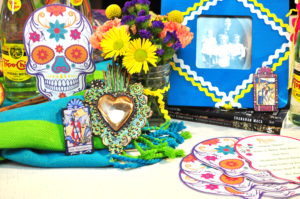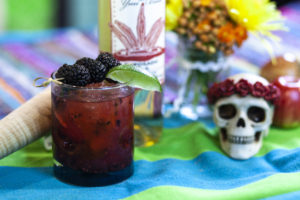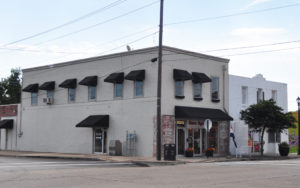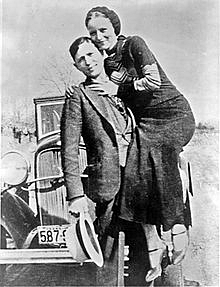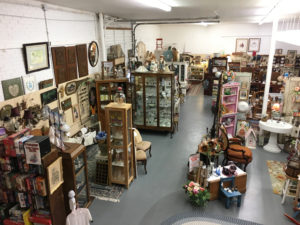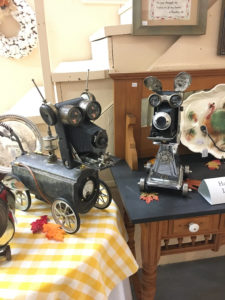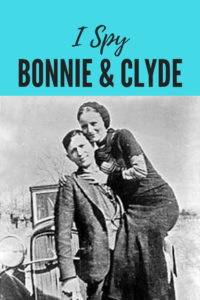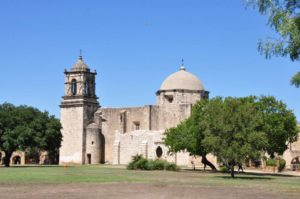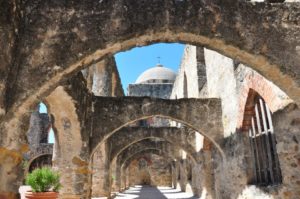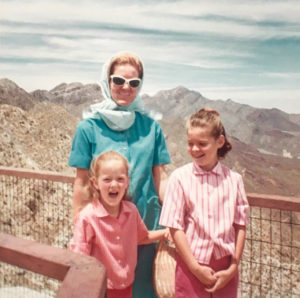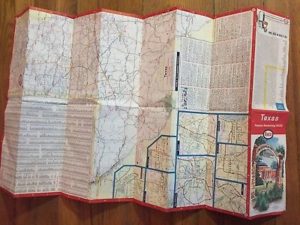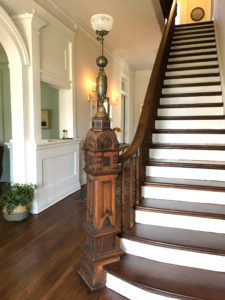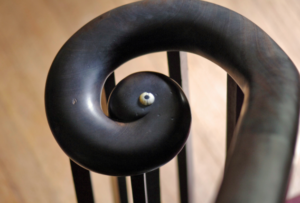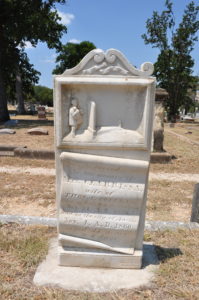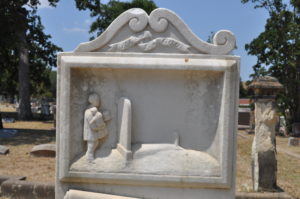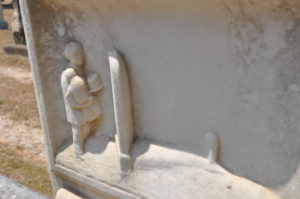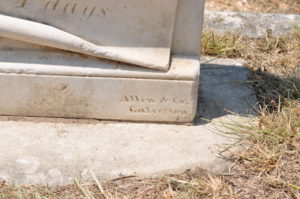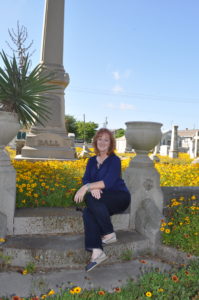“Jumped headlong from a window of the Confederate Home…”
The line made me gasp out loud.
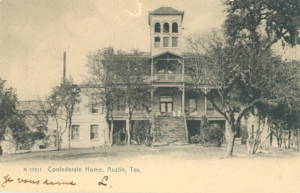
To back up a little, I was in search for background information about Christian Henry Thieme before a recent trip to Austin to locate his grave.
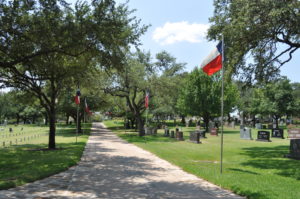
The Galvestonian was born in Germany in 1827, immigrated to Texas in 1860 and was a member of th e Catholic church He enlisted in the Confederate Army at age 34, once telling an interviewer that he had been “a private in Company B, in Cook’s heavy artillery. My first captain was Coura, and first major was Cook.”
I knew that he and his wife Elizabeth had a family of three daughters, and they all had survived the 1900 Storm. Yet at some point, Christian ended up in the Confederate Men’s Home (for disabled veterans) in Austin.
During the 1900 Storm, Christian and Elizabeth lived with their daughter Selma Nelson and her family at 710 Church Street. Although they didn’t lose any family members in the tragedy, they were sure to have witnessed grievous sights.
The traumatic events caused him to become mentally unbalanced, forcing his family to send him to the home in Austin the following April.
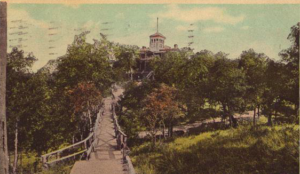
Suffering from rheumatism and old wounds far from home, he was dealt an additional blow when his wife died in November. She is buried in Galveston’s Oleander Cemetery, but her marker has been lost to time.
I thought I may have found all available information about him, and then came the discovery of a newspaper account of his death on June 23, 1910.
“Christian Thieme, an aged Confederate soldier, killed himself today by jumping headlong from a window of the Confederate Home. Thieme became mentally unbalanced at the time of the Galveston storm. Melancholia caused him to talk constantly of killing himself. Formerly an express man at Galveston, he lost all his property in the tidal wave and was force to come to the Confederate Home. None of his relatives can be located.”
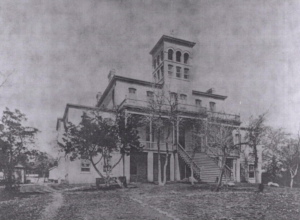
Stunning. And infuriating…because his family still lived in Galveston and couldn’t have been too difficult to locate.
So I went to visit him and find his marker.

It stands in a sea of military markers in Confederate Field at the Texas State Cemetery, with his last name misspelled as “Thiemer.” Gleaming white as if wanting someone to remember his story.
And now he has had at least one visitor from home.
Texas State Cemetery, Confederate Field, Section 1 (F), Row B, No. 18.
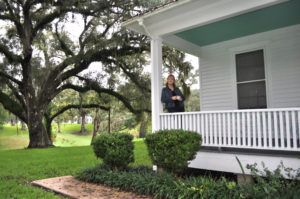 inviting guests to linger and enjoy the immense trees, heavily draped with Southern moss. I honestly wasn’t sure I’d get much further, since I have in incurable weakness for porches, but I’m glad I did.
inviting guests to linger and enjoy the immense trees, heavily draped with Southern moss. I honestly wasn’t sure I’d get much further, since I have in incurable weakness for porches, but I’m glad I did. The entire cottage has been updated and decorated with comfortable, modern furnishings. No detail has been overlooked in making each room a welcoming space. The living room even has a basket of monogrammed blankets so family or friends can curl up on the sofa to enjoy an evening movie.
The entire cottage has been updated and decorated with comfortable, modern furnishings. No detail has been overlooked in making each room a welcoming space. The living room even has a basket of monogrammed blankets so family or friends can curl up on the sofa to enjoy an evening movie.

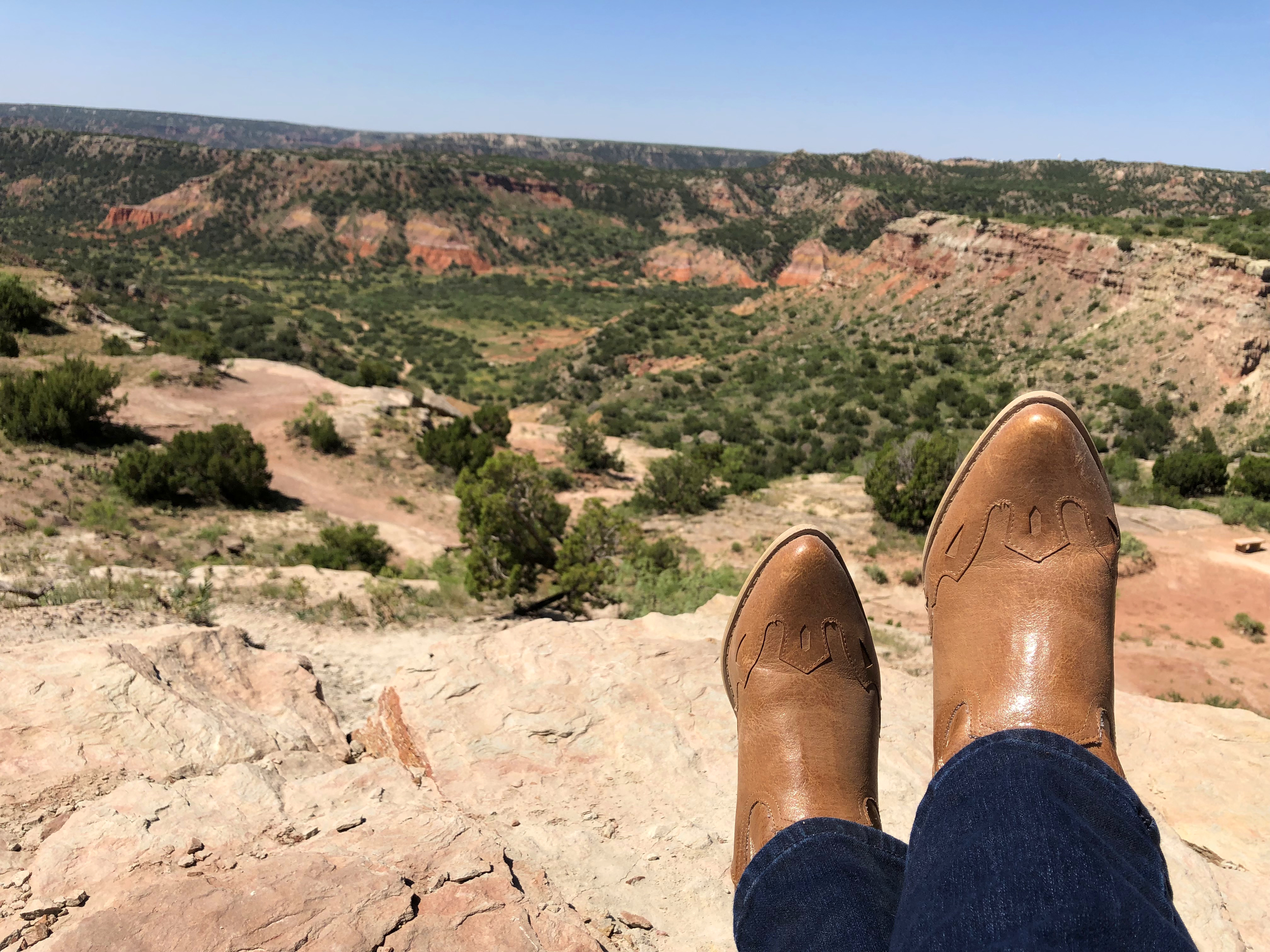
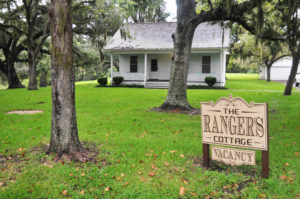







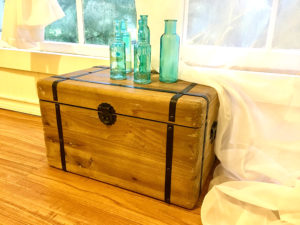




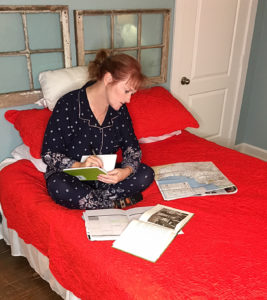

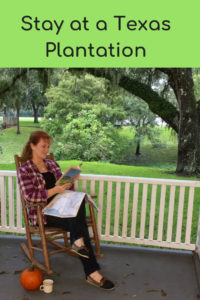
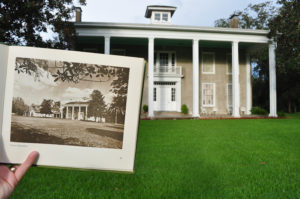


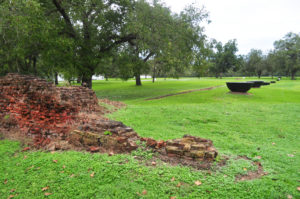


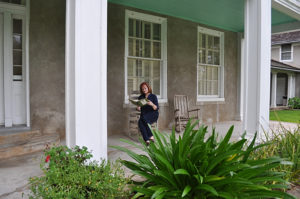
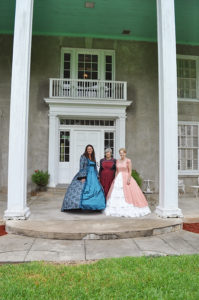

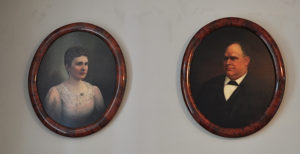
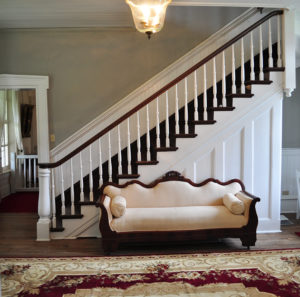
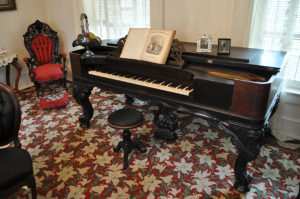
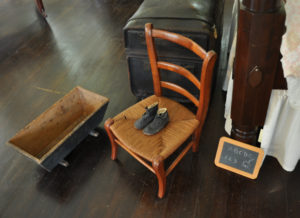
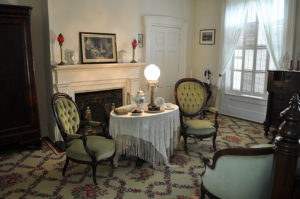


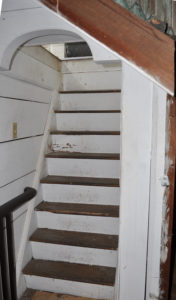
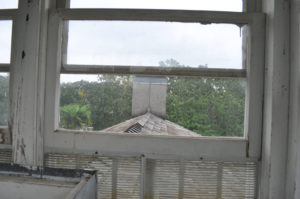
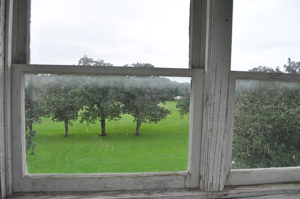


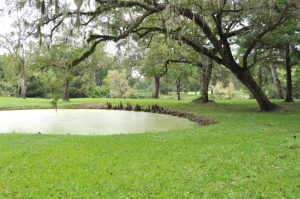

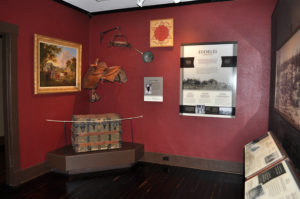
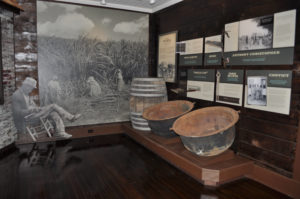
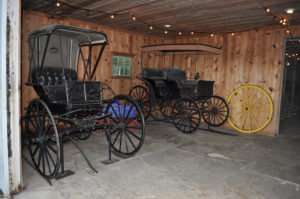
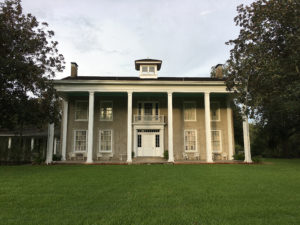 The visitors center, immediately to the left as you enter the grounds, has a small exhibit room as well as a great selection of local history books and souvenirs.
The visitors center, immediately to the left as you enter the grounds, has a small exhibit room as well as a great selection of local history books and souvenirs.